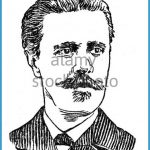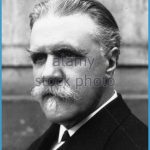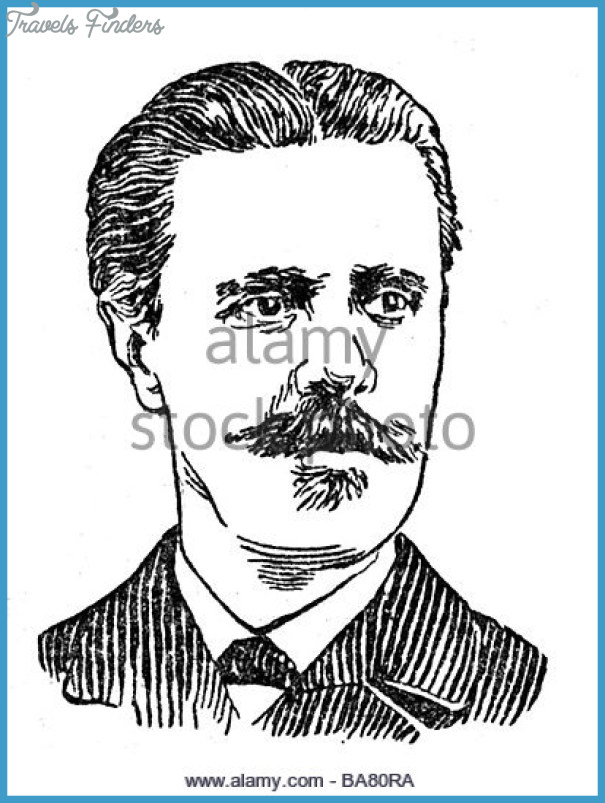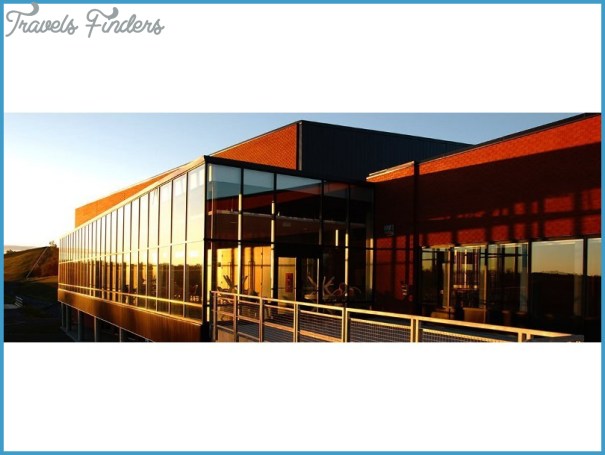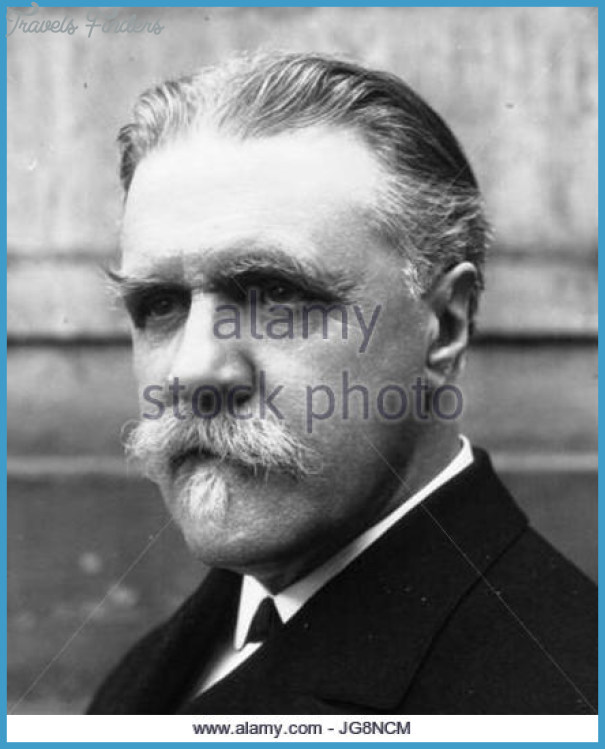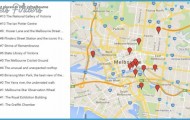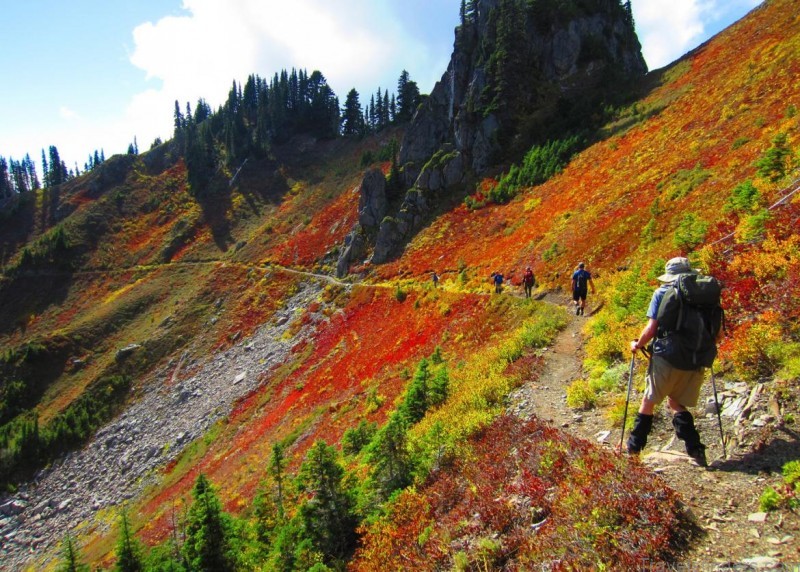D’INDY MUSEUM
A panoramic view of the Alps inspired Vincent d’Indy not only to compose his Symphonie sur un chant montagnard frangais (1886) but also to build a neoGothic chateau about 25 km west of Valence in the Ardeche. To reach Les Faugs, you leave the A6 autoroute at Valence and take the D533 to Alboussiere, then bear left, passing through the village of Boffres and going a little beyond. Today the chateau is owned by d’Indy’s descendants, who first opened it to the public on its centenary in 1990 and continue to reside there during the summer months. To be received at Les Faugs by the d’Indy family offers something out of the ordinary for music lovers and composer museum connoisseurs alike. With luck, your visit may coincide with a concert of his music in the subterranean chapel or on the terrace.
Although d’Indy was born in Paris (in 1851), his roots were in the Ardeche. Chabret was the family estate in the commune of Boffres where he stayed during the summer holidays until he was 18. His paternal grandmother put a stop to these idylls in 1869, when he fell in love with his cousin, Isabelle de Pampelonne. The two met again in 1872, at their grandmother’s funeral, and three years later they were married. By then d’Indy had undertaken military service (the family had strong military traditions) and studied law before deciding to pursue musical studies as a pupil and disciple of Cesar Franck; henceforth he would always divide his time between Paris and the south. Following the birth of their son in 1879, Vincent and Isabelle decided to build a home of their own on family land. Work began in 1885 and Les Faugs was completed five years later.
D’INDY MUSEUM Photo Gallery
D’Indy’s enduring passion for the Ardeche region had always extended to its music. In 1892 he published transcriptions of Chansons populaires du Vivarais, following it with a larger collection in 1900, to which he eventually added a companion volume in 1930.
Chateau des Faugs, Boffres
Wagnerian opera Fervaal (1895) was set in the Cevennes, and in 1905, the year of Isabelle’s death, he composed the symphonic triptych Jours d’ete a la montagne, surely inspired by the eastward view from his study. D’Indy continued to commute between Paris and Les Faugs until 1920, when he remarried and built a new home, L’Etrave, at Agay on the Cote d’Azur. He died on 2 December 1931 at his Paris flat in the avenue de Villars.
Today the house is very much a living museum during the summer months. The displays are drawn from the rich family archives as well as Vincent d’Indy’s legacy. On the lower floors, no attempt is made at a historical re-creation of the rooms as he would have known them: this is a house for living in as well as a museum. The entrance hall is lined with grand portraits and framed architectural plans for the chateau (well matched by the heroic stance of the music that echoes softly through the house). The billiard room is now an attractive family living-room, while the dining-room and rather more formal grand salon, dominated by the composer’s Erard piano, are furnished with family heirlooms. The well-stocked little library lacks the composer’s own books, which his widow was forced to sell.
Mounting the imposing staircase, the visitor encounters four glass cases displaying a fascinating, rather crowded array of Vincent’s youthful drawings and watercolours, musical sketchbooks, photographs and memorabilia. These are the curatorial handiwork of Marie d’Indy (the composer’s granddaughter-in-law). Further well-stocked cases pertaining to his music, the Schola Cantorum in Paris (of which in 1900 he was a founder and the first director) and his life at Les Faugs await scrutiny on the second floor.
Only the Cabinet du Maitre, his private study, has been preserved much as the composer left it in 1920. In addition to furniture, it is filled with busts of his heroes (Dante, Gluck, Bonaparte, Beethoven and Wagner) and musical instruments (violins, horns, a flute, clarinet, trombone, guitar and piano) as well as a collection of walking sticks (he relished 40-km walks) and a telescope, with which he could survey the surrounding countryside, from the Alps on the left to the Massif Central on the right. Elsewhere, there is an archive containing several thousand letters, musical manuscripts and photographs which attracts scholars from all over the world.


